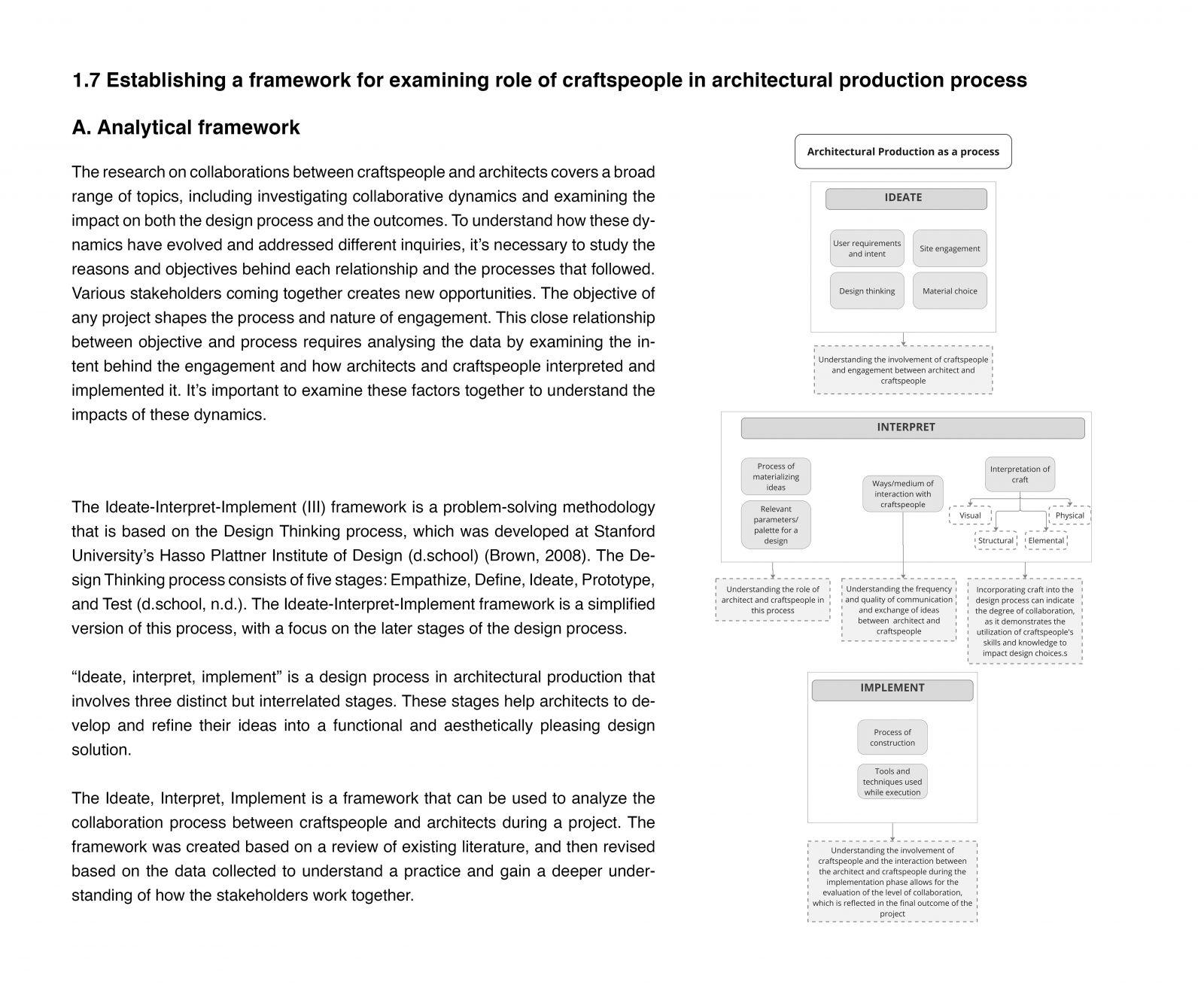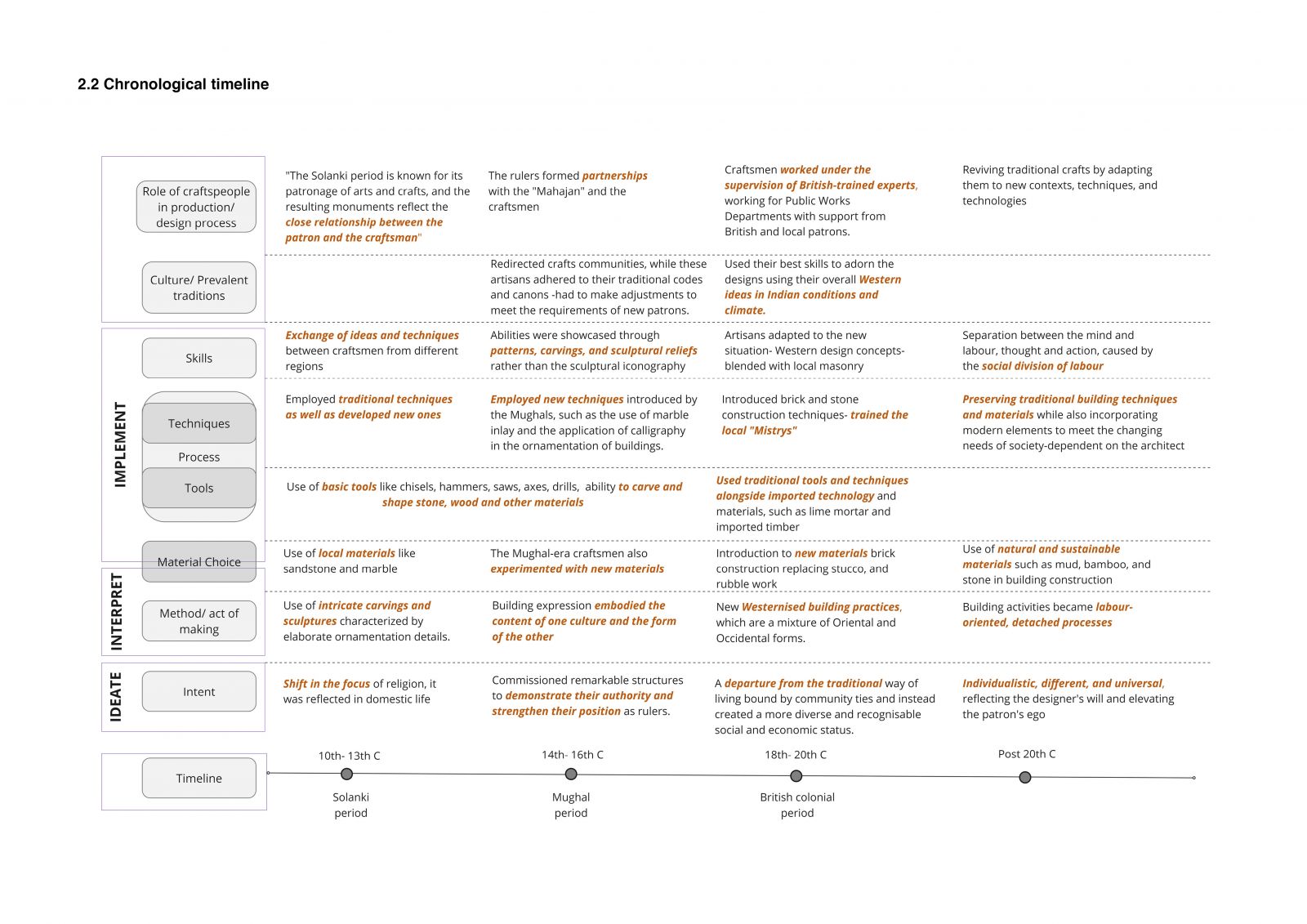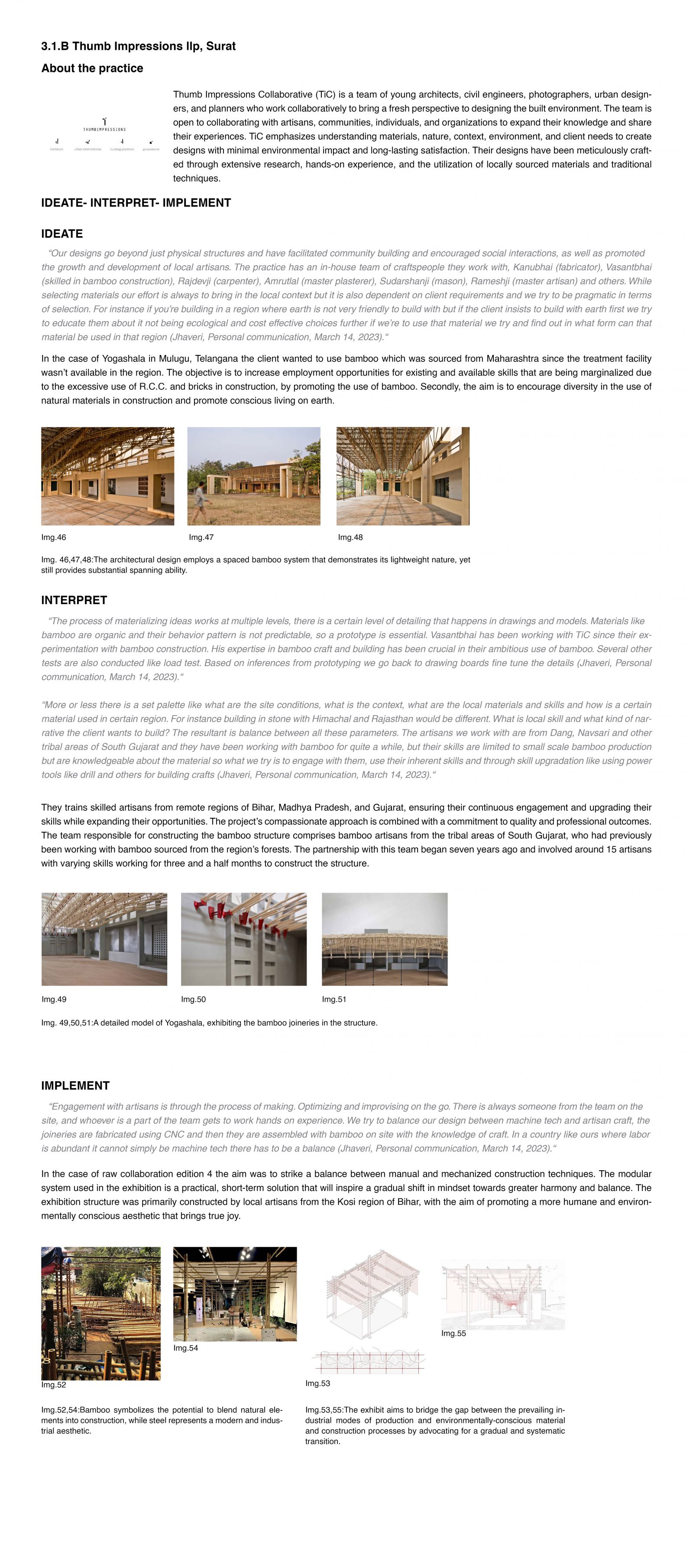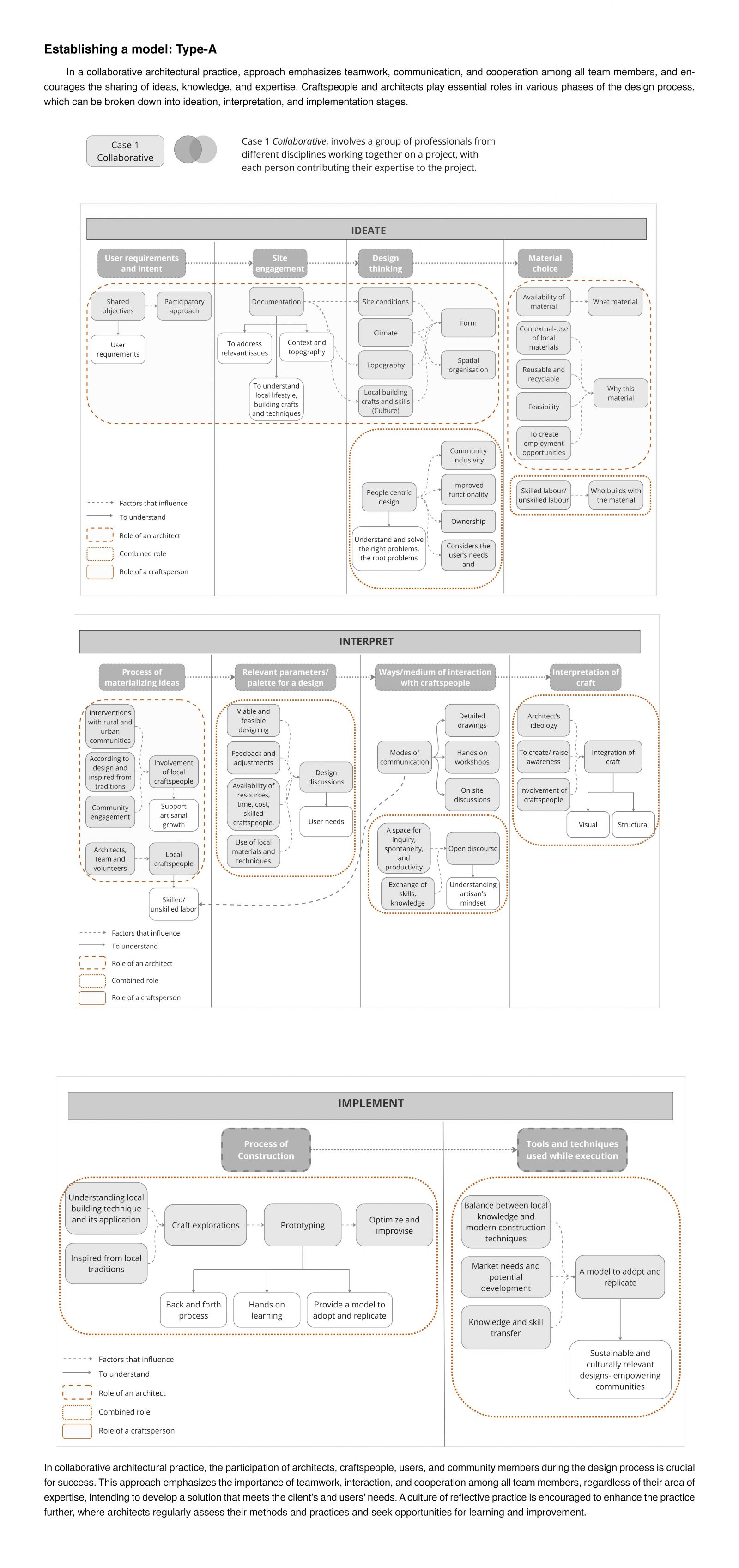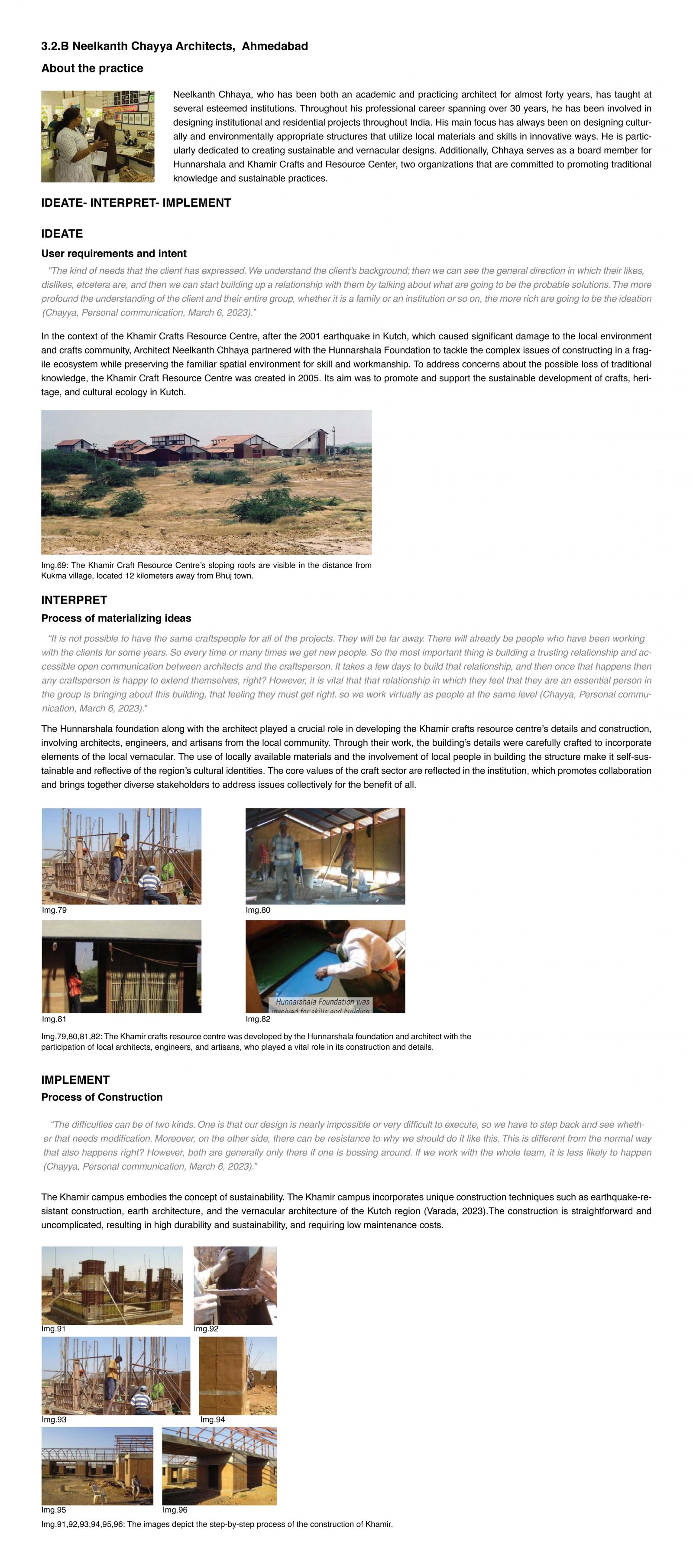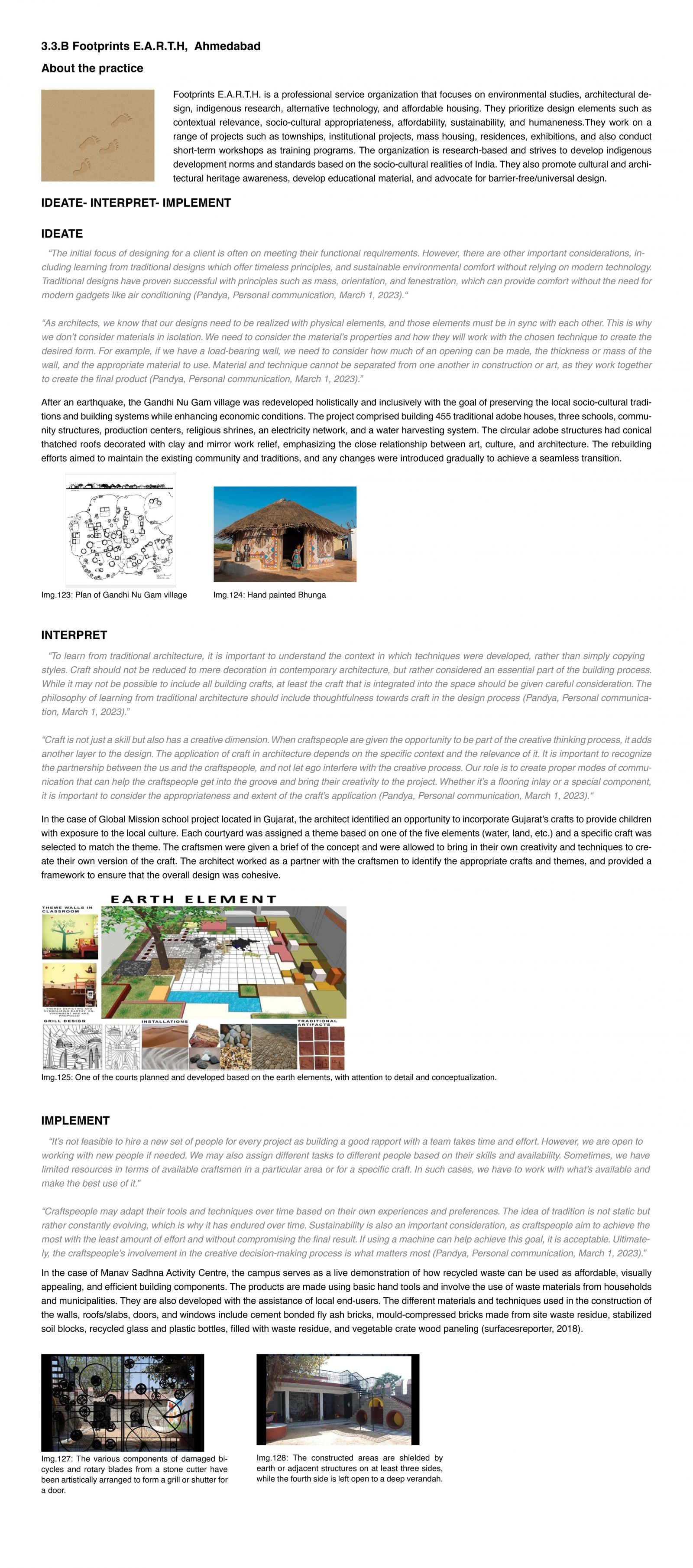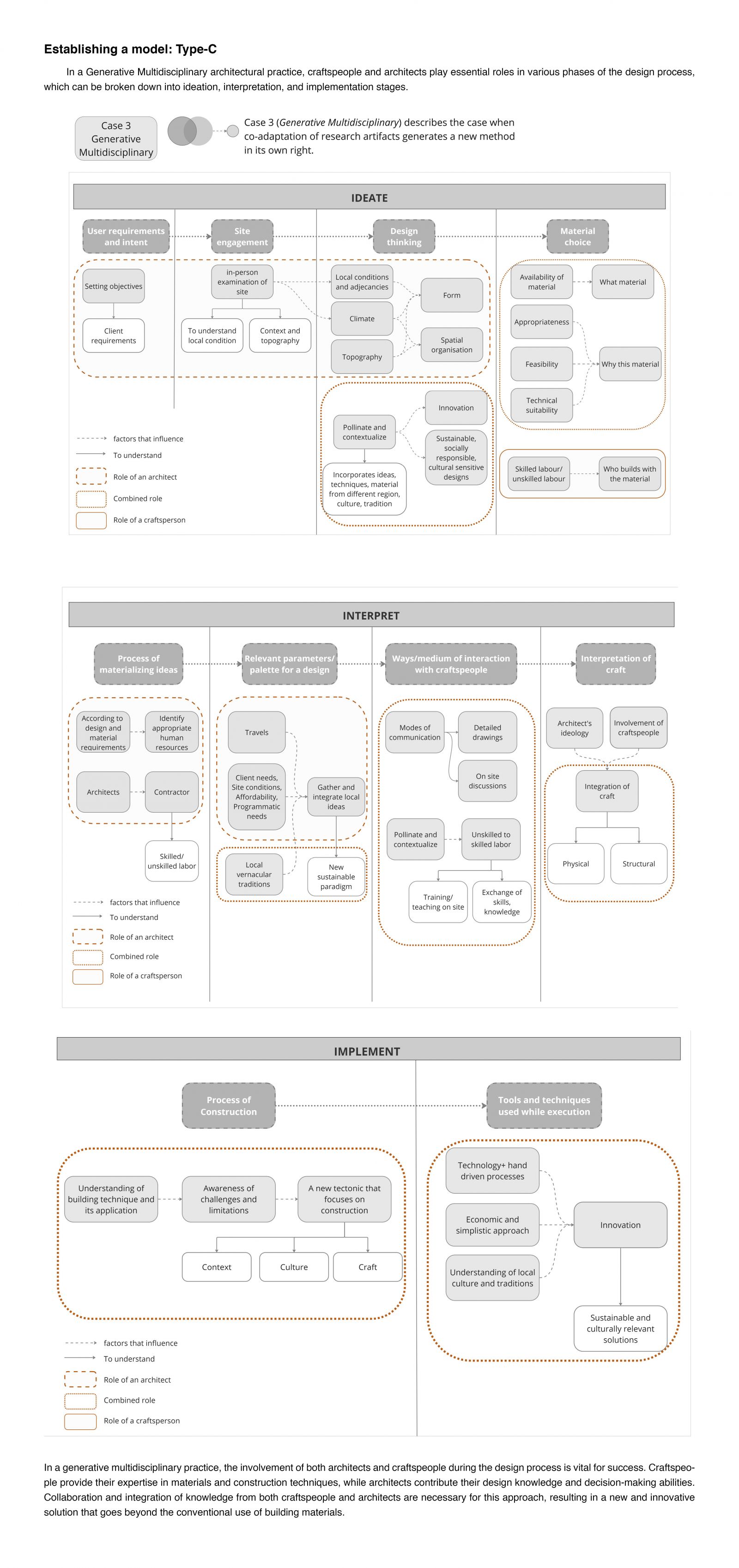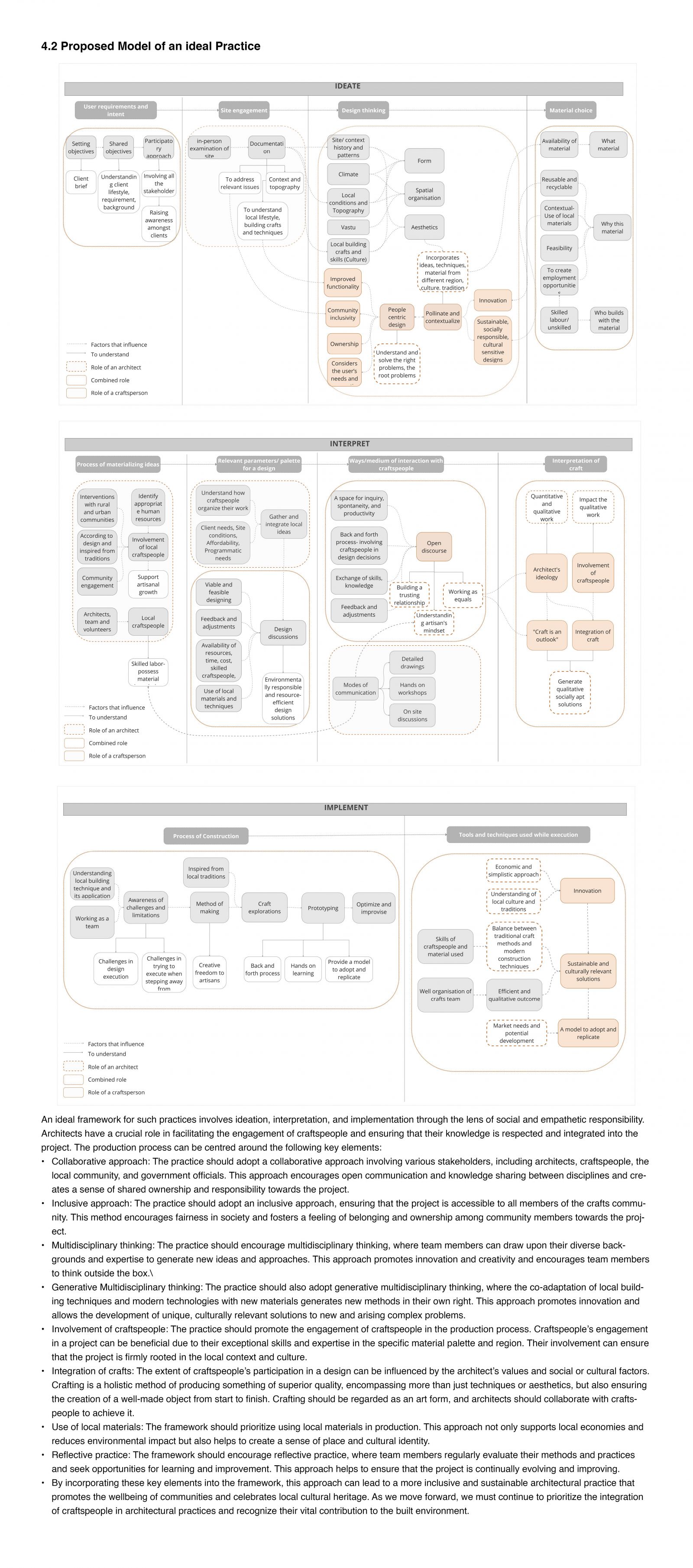Your browser is out-of-date!
For a richer surfing experience on our website, please update your browser. Update my browser now!
For a richer surfing experience on our website, please update your browser. Update my browser now!
This study examines the changing role of craftspeople in architectural production in Gujarat, with a focus on how their contributions to the built environment have evolved over time. The study draws on a range of sources, including historical documents, building techniques, and material culture, to gain a better understanding of the relationships between the craftsperson, the patron, and the built environment, as well as the cultural, social, and historical contexts in which traditional architectural production took place. From a time when craftspeople played a central role in the design and construction of traditional Indian architecture, to a period of decline in their importance, the study traces the evolution of the role of craftspeople in traditional architectural production in Gujarat. Growing urbanization, as well as the resulting high demand, require quick, simple, and cost-effective construction. To keep up with the pace, architectural production techniques seek approaches that eliminate variation in order to become uniform and mechanical, regardless of context. Due to a lack of time, the making process becomes restrictive, resulting in a loss of craftsmanship that was an intrinsic element of the construction process. Crafts lose their challenge. The study also highlights the challenges faced by craftspeople in maintaining their skills and traditions in the face of modernization and globalization, and the importance of preserving the cultural heritage embodied in traditional Indian architecture.

